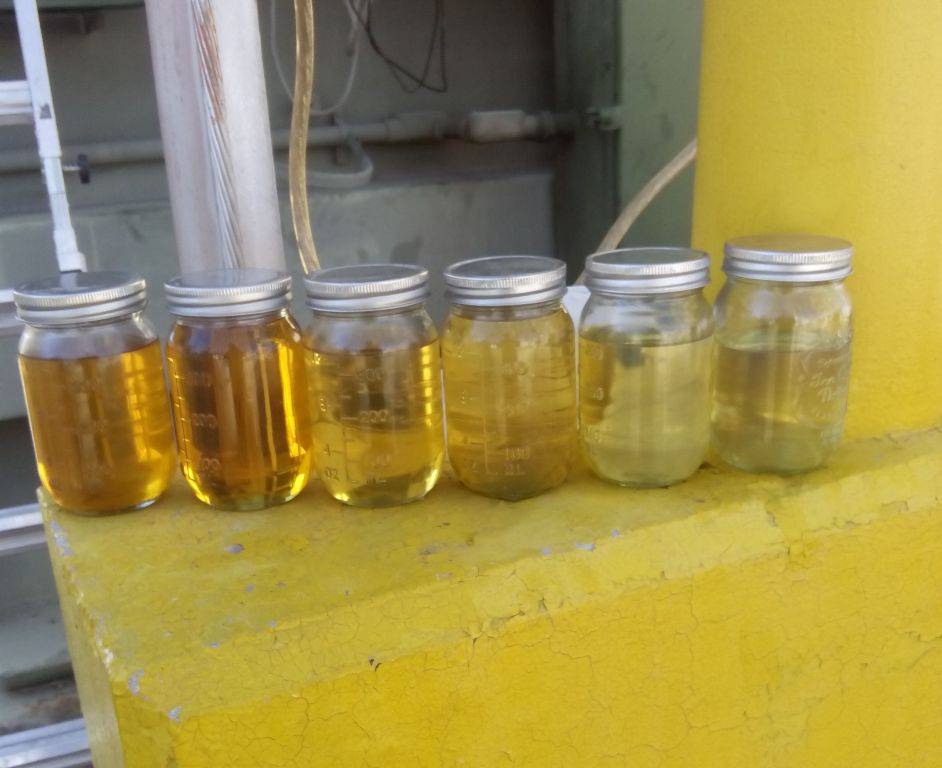From the very beginning of early human civilization, people used animal and vegetable oils as lubricants. As the time went by and people became more sofistcated and with the advent of industry, people started to use petroleum based oils. Such oils were first applied in 1852 though they did not enjoy wide popularity since they were not as effective as other animal based lubricating substances.
At that time, the industrial production of high quality lubricating oils was in the early stages of development. Beginning in the 1920s, many producers of lubricating oils started to process base oils to improve their performance characteristics. The most widespread ways of base oil production include:
- purification by clays;
- purification by sulfuric acid;
- SO2 treatment;
- treatment by selective solvents;
- dewaxing by solvents; and
- purification by adsorbents.
The following is a detailed description of each method of production.
Purification by Clays
Clays were used to adsorb and remove the most harmful components of petroleum oil. Additionally, they were able to remove aromatic and highly polar compounds that consisted of sulfur and nitrogen.
Sulfuric Acid Refining
Concentrated sulfuric acid was used to create a reaction with the components of base oils that had poor performance characteristics. Acid turned them into sludge that was then removed. In general, this technology was effective, but very expensive.
Additionally, there are certain ecological issues connected with the application of sulfuric acid and sludge formation as a means of processing oil.
SO2 Treatment
This kind of processing is an extraction process that is followed by removal of the oil’s components that have poor characteristics with a help of reusable solvent. The main disadvantage of such a method is the toxicity of a solvent. This technology therefore, was withdrawn from the market. It became however, an important step in forming traditional extraction with the help of selective solvents.
Selective Purification or Extraction by Solvents
Usually, selective solvents are used to remove aromatic hydrocarbons that improve oil’s lubricating capabilities.
Generally speaking, aromatic hydrocarbons are considered to be good solvents, but oil based on them have poor performance characteristics. This is because such substances are reactive components within a boiling range of natural lubrication. If they are oxidized, then a chain reaction takes place that reduces the service life of the base oils.
Selective purification is one of the ways to remove unwanted compounds. It is based on a two phase system where impurities with a solvent and along with a pure oil form two layers. When these two layers are separated carefully, a layer that consists of unwanted components will be formed, and the other layer will contain purified oil. This method allows for removing asphaltene substances, resins and aromatic compounds with short side chains. Additionally it will remove solid hydrocarbons and polycyclic aromatic compounds that speeds up coking and increases the viscosity temperature index. Extraction by solvents is used mainly after vacuum distillation.
In today’s modern industry, furfural is used more often and phenol is rarely used because of its toxicity.
Dewaxing by Solvents
Paraffins increase the pour point temperature of oil. To remove paraffins, oil is mixed with a mixture of two solvents and the resulting solution is cooled down to between -6 to -12ºС. Paraffin crystals settle down and then may be easily filtered out. The solvent is then separated from the oil. At the outlet, we obtain a dewaxed oil that possesses good performance characteristics such as: (1) lower pour point temperature and (2) an increased viscosity index. The filtered paraffin sludge can be used as a raw material for catalytic hydrocracking or applied to obtain high-stable base oils.
Adsorbent Purification
Adsorbent purification is mainly based on bleaching clays and aluminum silicate (zeolites with non-homogeneous porosity). When choosing zeolites with the pores of a certain size, it is possible to adsorb selectively such compounds as alkenes, polycyclic arenes, pyrobitumen and resins.
Adsorbent purification allows for oil’s decoloration, therefore, sometimes the term “oil’s decoloration” is used instead of “adsorbent purification.” When working with oil products that have already been in service, it is advisable to use mobile oil units that are described below.





